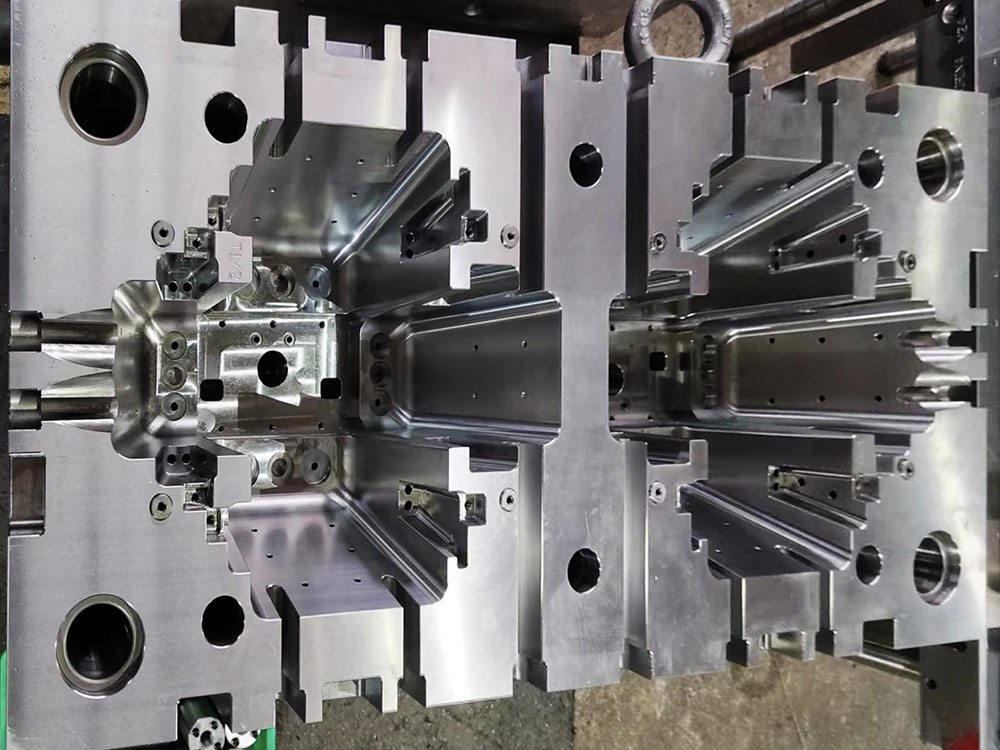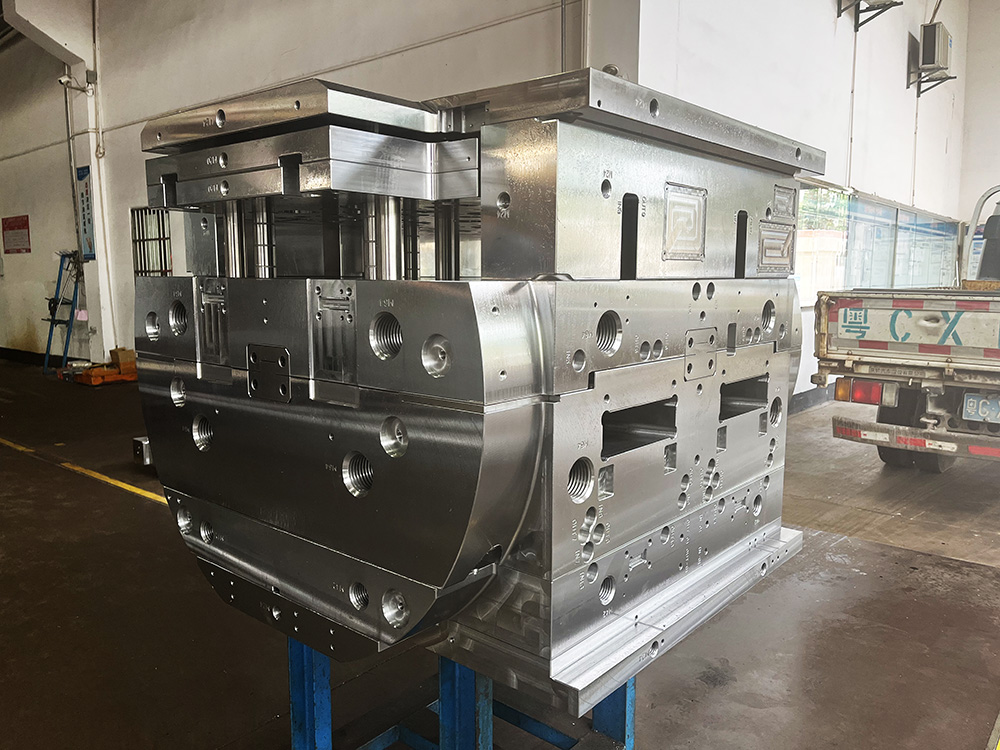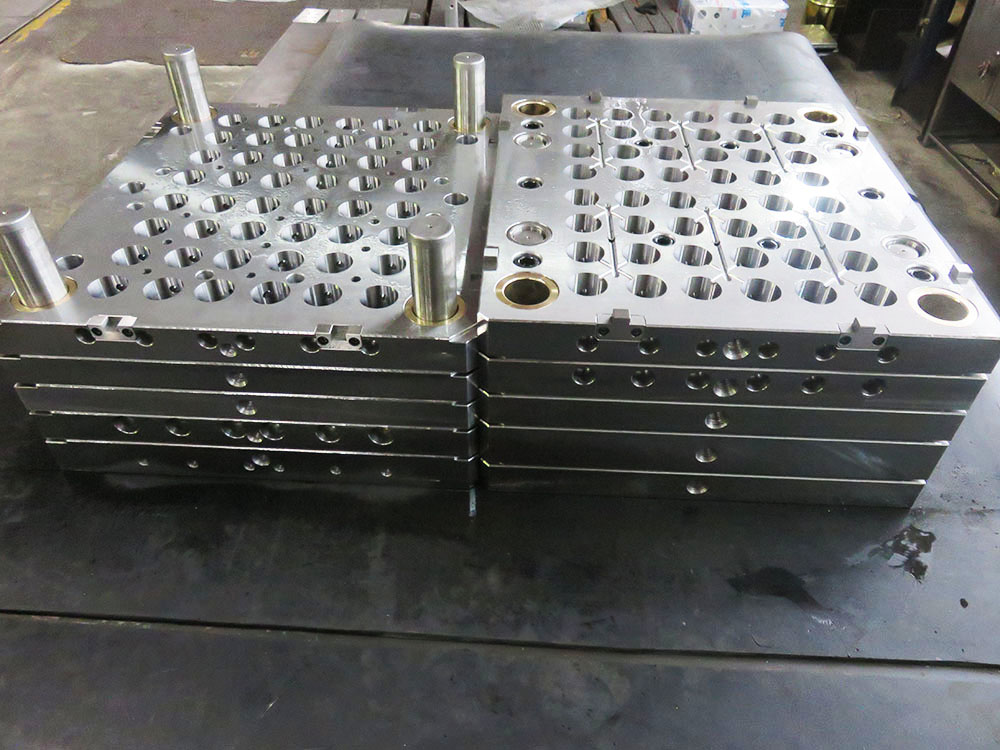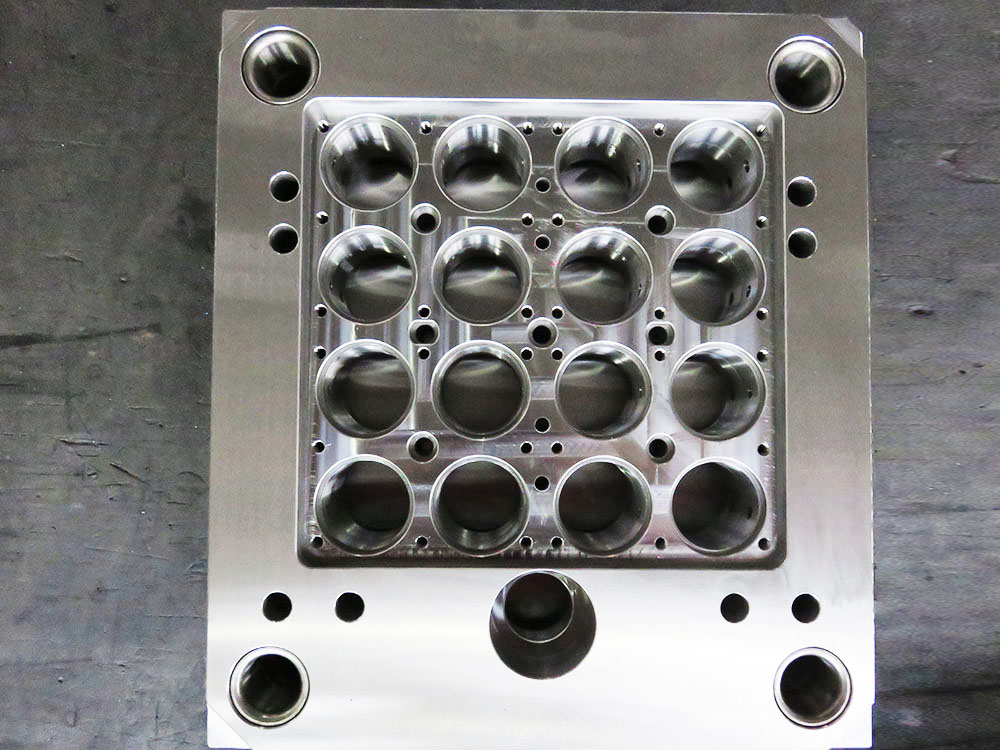Understanding a Dual-Color Mold Drawing: Tips for Interpreting Visual Representations
The mold base industry plays a critical role in the manufacturing process of various plastic products. One common type of mold used in this industry is the dual-color mold, which enables the production of plastic parts with two different colors. To effectively utilize a dual-color mold, it is essential to understand and accurately interpret the mold drawings. In this article, we will provide some tips on how to interpret visual representations of dual-color mold drawings, ensuring a smooth production process and high-quality end products.
Tip 1: Familiarize Yourself with the Mold Drawing Symbols
Before diving into the details of the mold drawing, it is important to be familiar with the different symbols used in the industry. These symbols convey specific information about the mold design, such as gate locations, ejector pin positions, and parting line direction. Taking the time to understand these symbols will greatly assist in interpreting the dual-color mold drawing accurately.
Tip 2: Identify the Parting Line and Core/Cavity Layout
The parting line, also known as the split line, separates the mold into two halves: the core and the cavity. It is crucial to identify the parting line on the drawing as it determines how the two colors will be applied to the final product. Additionally, understanding the layout of the core and cavity components is essential in ensuring the correct color distribution and alignment in the mold.
Tip 3: Pay Attention to the Gate Locations
Gates are the entry points for the molten plastic material into the mold cavity. In dual-color molds, the gate locations are especially important as they can affect the color transition and appearance of the final product. By carefully examining the gate locations on the mold drawing, manufacturers can optimize the design to achieve the desired color distribution and minimize any potential defects.
Tip 4: Analyze the Cooling System
The cooling system in a dual-color mold is crucial for achieving consistent and efficient cooling of the plastic material. Typically, the cooling channels are represented by small circles or dots on the mold drawing. Analyzing the cooling system layout and ensuring proper cooling channel distribution is essential in preventing warping or other quality issues during the production process.
Tip 5: Consider the Ejector Pin Placement
Ejector pins are used to remove the finished parts from the mold. In a dual-color mold, the placement of ejector pins can affect the color distribution and appearance of the final product. Carefully analyzing the ejector pin placement on the mold drawing ensures that they do not interfere with the desired color transition and maintains the overall integrity of the molded parts.
Conclusion
Interpreting a dual-color mold drawing accurately is essential for the successful production of high-quality plastic products. By familiarizing oneself with mold drawing symbols, identifying the parting line and core/cavity layout, paying attention to gate locations, analyzing the cooling system, and considering ejector pin placement, manufacturers can effectively utilize dual-color molds and achieve the desired color distribution and appearance. It is important for professionals in the mold base industry to constantly improve their understanding of mold drawings and stay updated with the latest industry standards to ensure optimal production outcomes.




